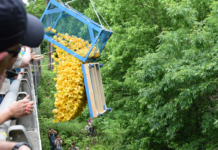Play is not just a pastime but a vital part of childhood development, fostering creativity, social skills, physical health, and emotional well-being. For children with disabilities, however, the opportunity to play can often be hindered by inaccessible environments. Whether a child has physical, sensory, or developmental challenges, traditional playgrounds are often not designed with their needs in mind. This can create significant barriers, making outdoor recreation feel out of reach and leaving children with disabilities feeling excluded, isolated, or even overlooked.
Traditional playgrounds
A traditional playground, with its swings, slides, and jungle gyms, is usually created for children without disabilities. While these play spaces are enjoyable for many, they often lack features that accommodate children who are in wheelchairs, children with mobility challenges, or those who require sensory-friendly spaces. Without inclusivity in design, children with disabilities miss out on valuable opportunities to engage with their peers, develop social skills, and enjoy the benefits of physical play.
Accessible playgrounds are not just about adding ramps for wheelchairs or a few adjustments. True inclusivity means designing play spaces that are welcoming, engaging, and enjoyable for every child, no matter their abilities. It’s about understanding that children play differently and ensuring every child has access to the same opportunities for fun, development, and social interaction.
Creating inclusive playgrounds

One family deeply committed to making this vision a reality is that of Emily and John Herrin, the founders of Price to Play, a nonprofit organization with a powerful mission: to create inclusive, accessible playgrounds for children with disabilities. The organization is named after their son, Price, who was diagnosed with Developmental Delay, and its mission is personal for the Herrin family. It’s not just about making playgrounds accessible for Price—it’s about ensuring that children like him, who face physical, developmental, and sensory challenges, can enjoy the same opportunities to play and grow.
Emily and John Herrin are the proud parents of three children: Hampton, 10, Price, 7, and Bennett, 2. Emily recalls when she realized Price was different, which shifted her perspective as a parent. “It’s hard because you have hopes and dreams and fears, and they all come to fruition when you realize your child may struggle. You want to wish it away in many ways,” she reflects. But through it all, Emily’s unwavering faith in God has been a guiding force. As a Christian, she believes that God doesn’t make mistakes, and it’s this faith that motivates her and John to create a world where all children, regardless of their challenges, have a place to play and thrive.
Price’s early years were marked by struggles many parents might not fully understand. He didn’t talk early, and he had difficulty regulating his emotions. His parents instinctively knew something wasn’t quite right. It was a gut feeling that led to the eventual diagnosis of Developmental Delay, which clarified that Price’s needs were different from those of his siblings. With this diagnosis came a journey of discovering how to best support Price, and it also became the driving force behind the creation of Price to Play.
Trains
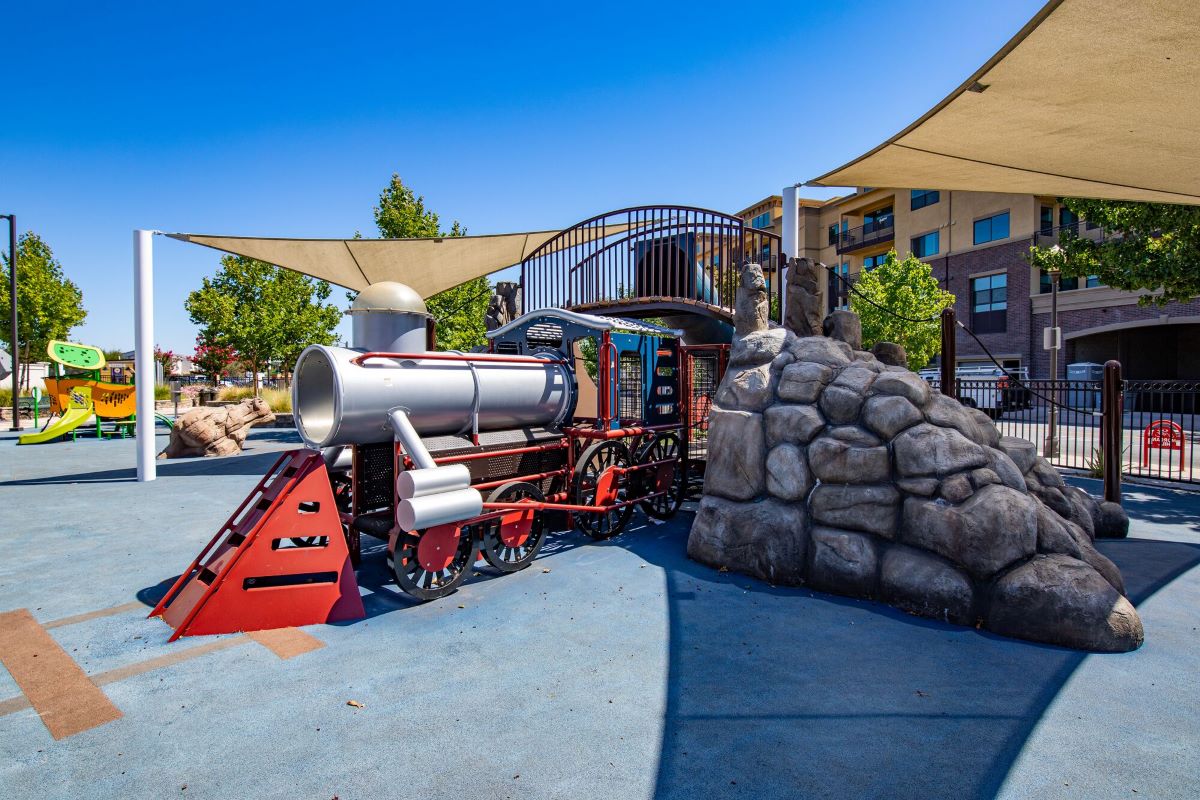
John and Emily’s mission is clear: to give Price—and children like him—a place where they feel safe, supported, and able to play with their peers. Price to Play ensures that children with disabilities have the same opportunities to enjoy the outdoors and develop vital skills as other children. The organization is focused on building playgrounds that are not only physically accessible but also sensory-friendly, with features that cater to the diverse needs of children with autism, sensory processing issues, and other developmental challenges.
It all began with therapy for Price. “He wouldn’t participate. He’d hide under the table, cover his ears, and for almost a year, it was like that,” Emily recalls. Then, one day, she arrived early with Price, and as the therapist was cleaning out a closet, they stumbled upon a box of yard sale trains.
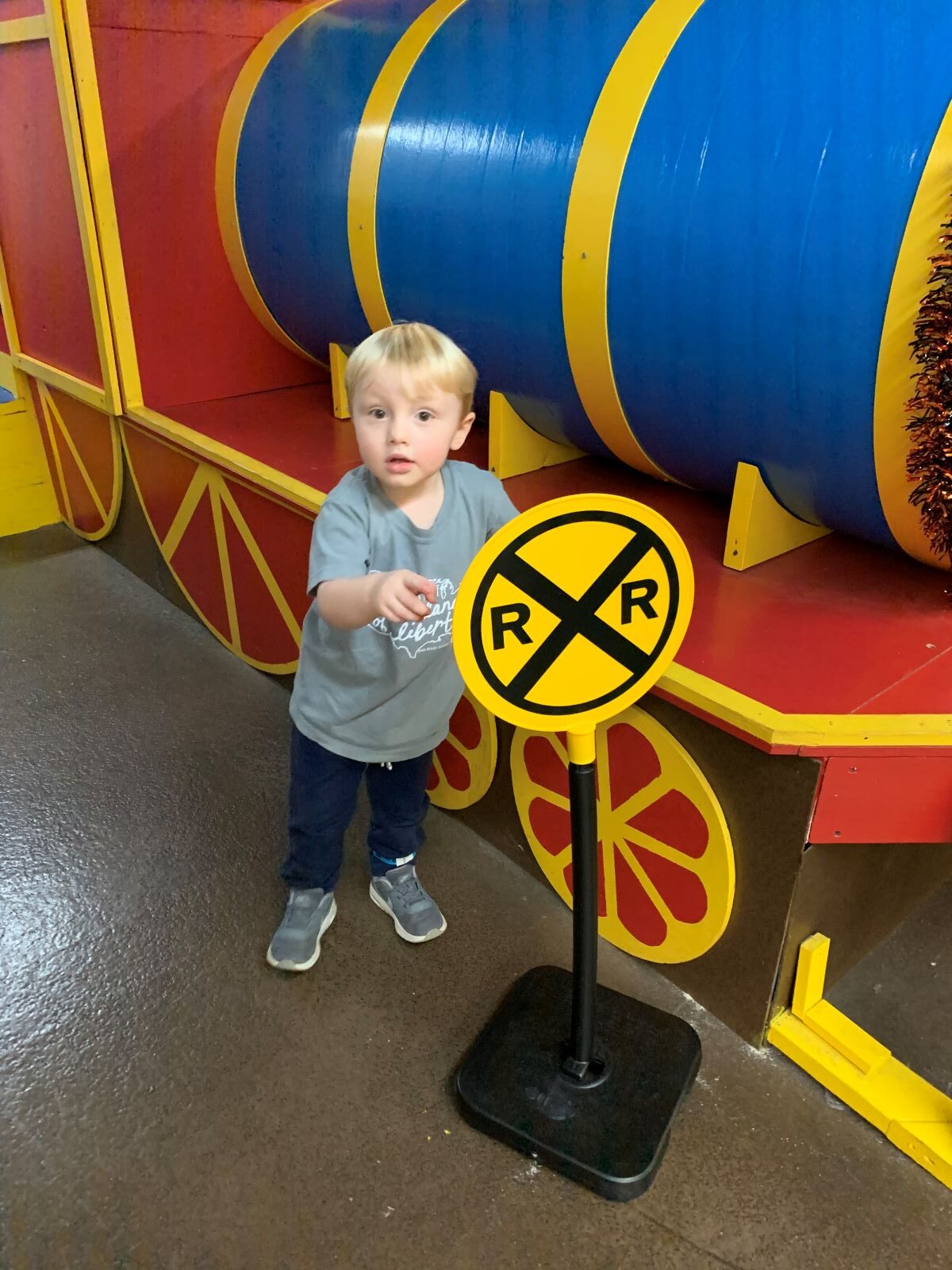
“Price locked eyes on that box,” Emily said. “He started participating, complying, and engaging. The trains opened a whole new world for him.”
Emily immediately called all her friends and scoured thrift stores and Goodwill for more trains. “Sometimes, it takes something different for a child to engage in play. For us, trains were the key. And we ran with it.”
One evening, she told John in tears about her dream of building Price a train-themed playground. Before this, the only thing Price enjoyed on the playground was what Emily called “the bumpy slide.” Emily soon learned that this slide was sensory, and it fascinated her that it was the only piece of play equipment Price seemed to enjoy.
A design that includes
This realization sparked the idea that led to Price to Play. By designing playgrounds with inclusivity at the forefront, the Herrins aim to create spaces where children like Price can engage, explore, and interact. These inclusive playgrounds encourage social integration, where children with disabilities can share the same experiences as their peers and build meaningful connections. Thoughtful, accessible design helps to break down barriers, allowing all children to feel seen, valued, and included, regardless of their abilities.
In pursuing a vision for Price, Emily traveled to Minnesota to visit a facility that created accessible playgrounds. One of the key elements she learned about was rubber surfacing, which provides a flat, even surface that makes it easier for children with mobility challenges to access play areas. Inspired by this knowledge, the Herrins set their sights on revitalizing Demorest Memorial Park in Demorest, Georgia—a playground they hope to rebuild with accessibility in mind. They were given an estimate for resurfacing the park with rubber surfacing, which came to just over $200,000.
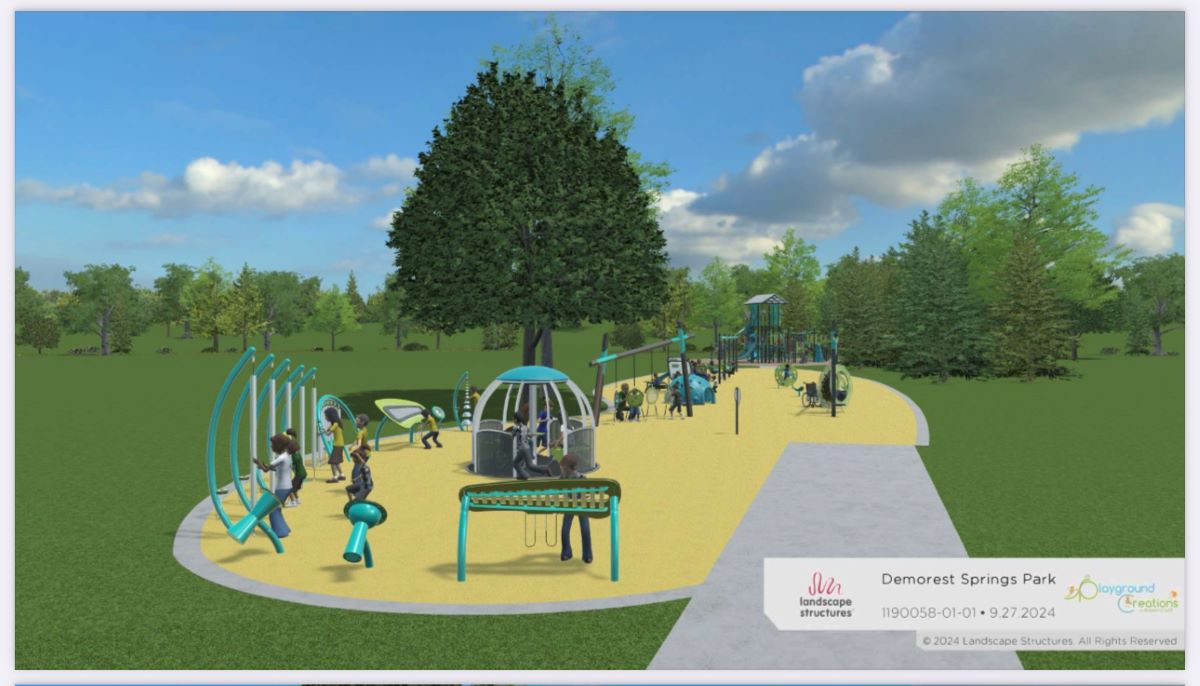
Grant funding
The Georgia Department of Natural Resources offers a grant specifically for installing rubber tire surfacing in playgrounds, and the Herrins have successfully secured $159,000 for their project. This brings them closer to their goal of creating an inclusive and accessible space for all children.
But their efforts don’t end there. The estimated cost to install inclusive sensory equipment and revamp the Demorest playground is $800,000. “Our goals are big, and while I plan to host fundraising events eventually, my first step is to reach out to corporate sponsors,” Emily shared.
Additionally, they are considering a playground in the city of Cornelia, but they’re still in the early stages and not yet ready to apply for a surfacing grant. The park will be near the amphitheater which is in the design stages.
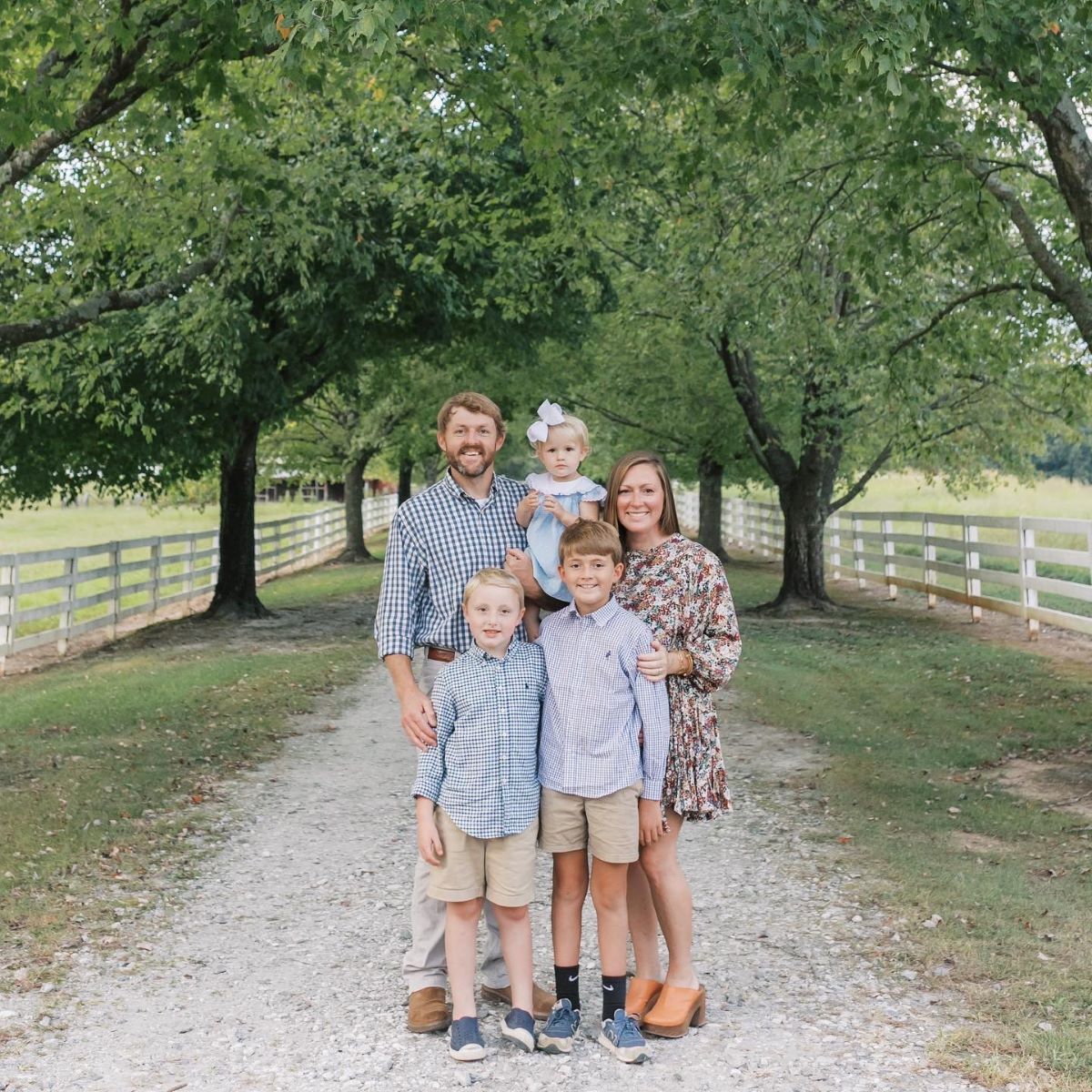
While the estimated cost for the Demorest playground is $800,000, the Cornelia playground project is projected to be around $1.2 million. “As much as I want to organize community fundraising events, my hope is to secure significant upfront donations from large corporations. Smaller efforts could take years to reach our goal,” Emily explained.
The goals of Price to Play
The goals of Price to Play are to provide a place for children with disabilities to play and to get children outside in nature and off screens. “I want children to be able to play together. I don’t want the equipment to be a separate thing for some children and not others,” Emily said. “I don’t want it to have a stigma or to divide people. I want every single kid to want to play on these playgrounds.”
Donations
If you are interested in becoming a corporate sponsor or donating, please email [email protected].




